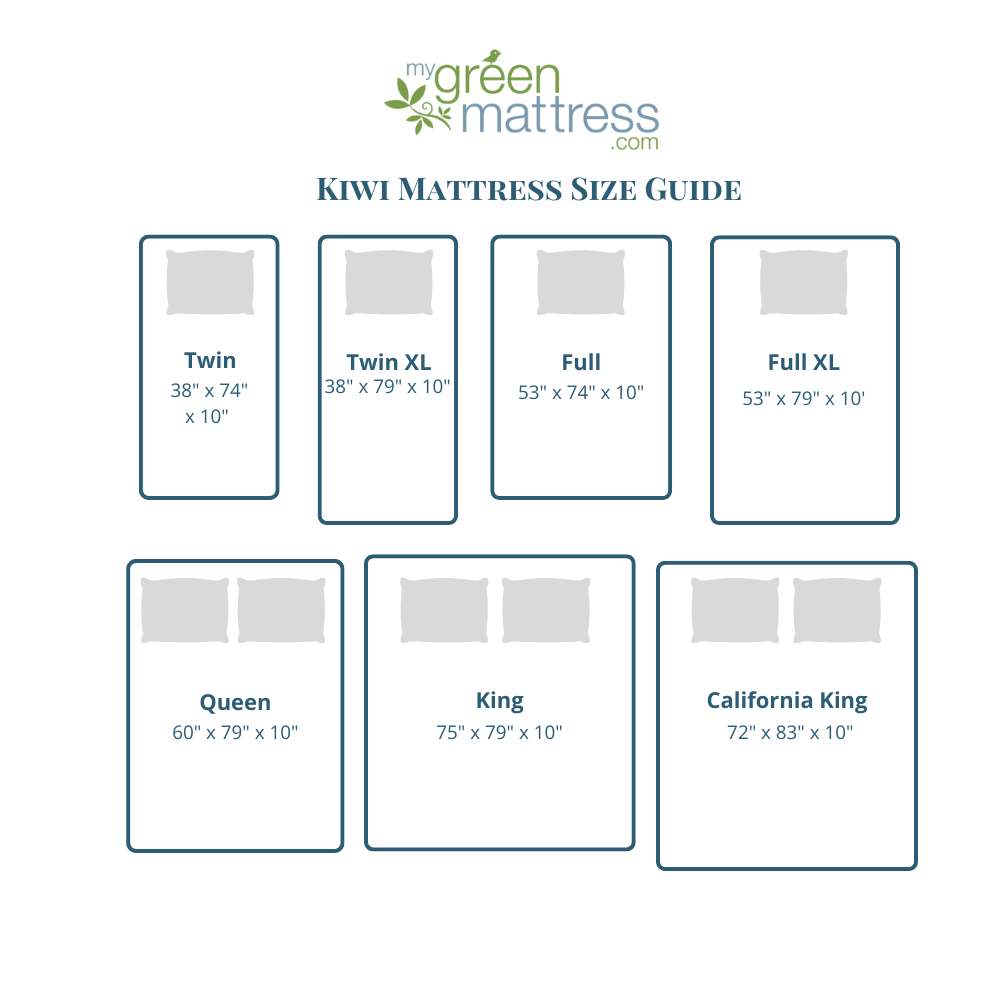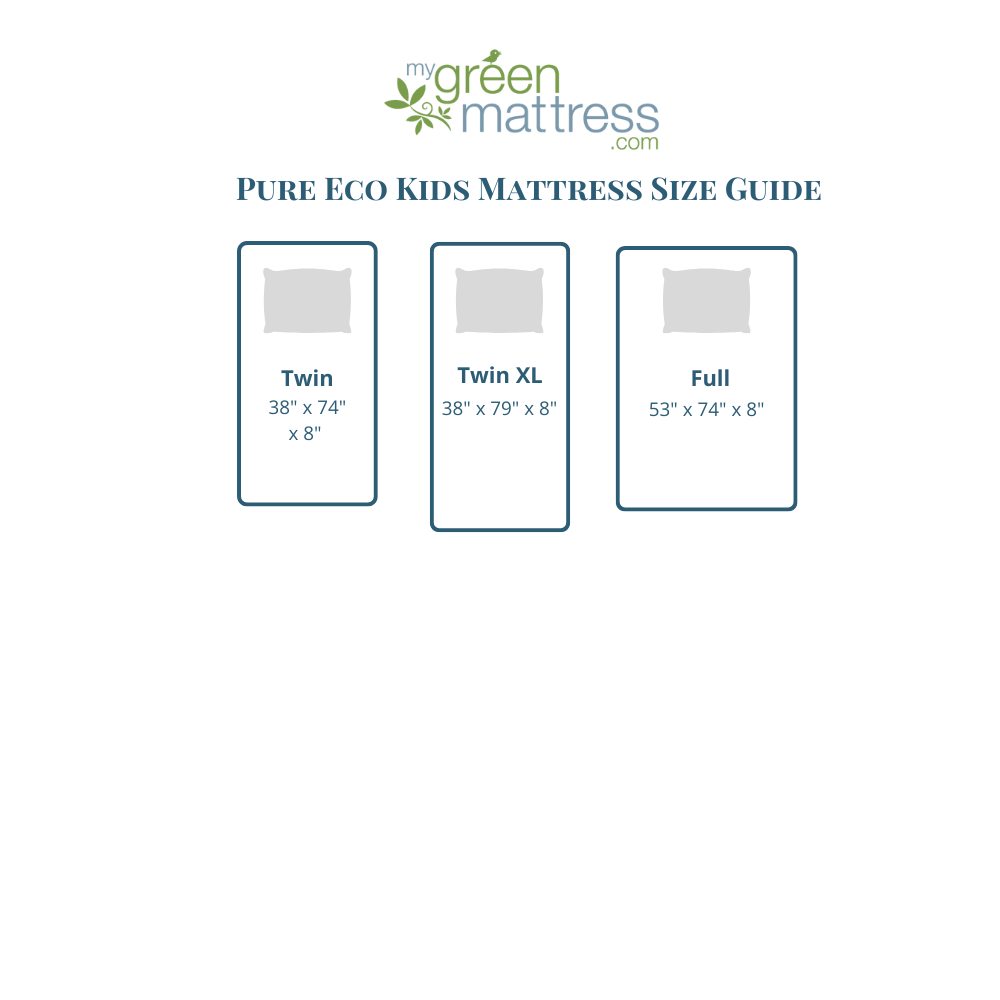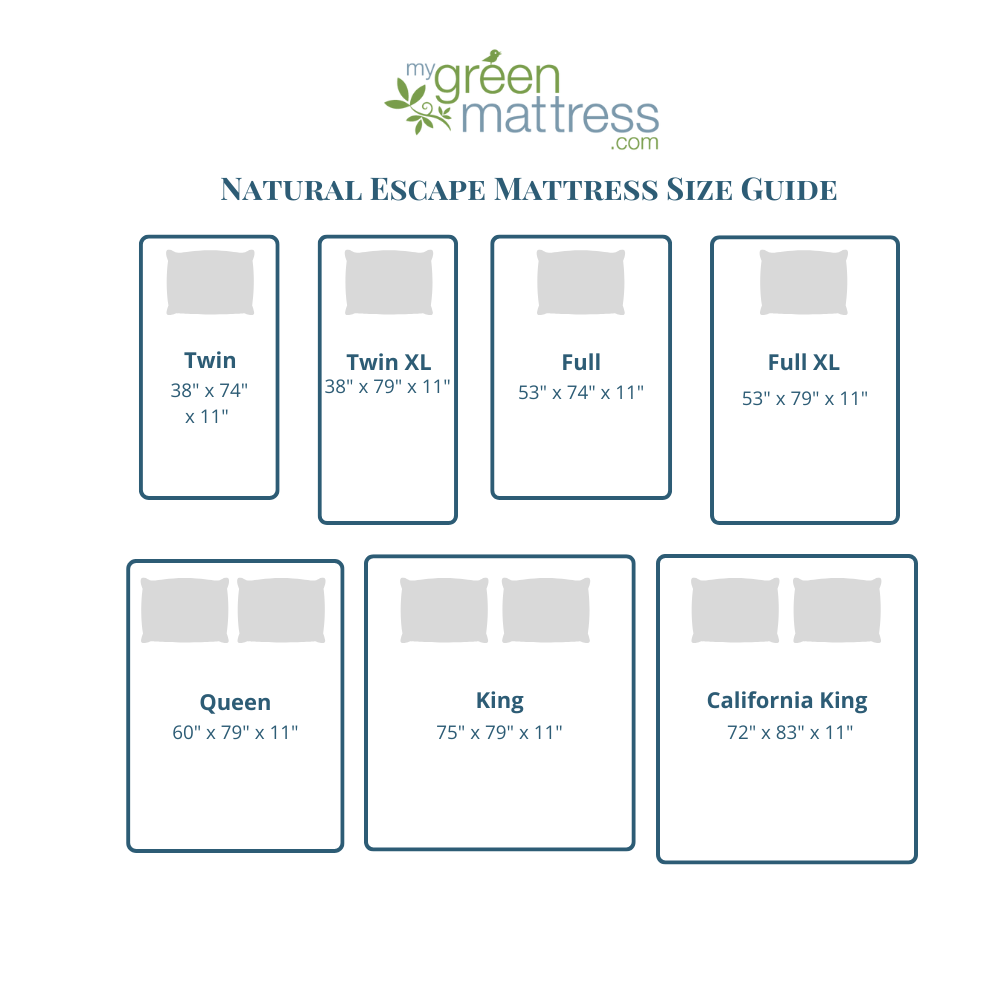As the global population continues to grow and the planet faces the challenges of climate change, every household should take a moment to consider transitioning to renewable energy. Household energy consumption is a significant contributor to carbon emissions, making it crucial for individuals to take proactive steps towards a more sustainable future.
By switching to renewable energy sources, households can reduce their carbon footprint, lower energy costs, and contribute to a cleaner, greener planet. And there’s never been a better time to do it. In this article, we will explore the benefits of adopting renewable energy solutions for households and provide practical tips for making the switch.
What Is Renewable Energy?
Renewable energy is derived from sources that are naturally replenished, such as sunlight, wind, water, and geothermal heat. Unlike fossil fuels, which emit harmful greenhouse gasses, renewable energy sources are clean and have a significantly lower impact on the environment. Let’s take a closer look at the most common renewable energy options for most households:
- Solar Power: Solar panels convert sunlight into electricity, allowing homeowners to generate their own clean energy. Installing solar panels on rooftops or elsewhere on a property can significantly reduce dependence on traditional energy sources and lower electricity bills.
- Wind Power: Wind turbines harness the power of the wind to generate electricity. Although more suitable for rural areas with ample wind resources, smaller wind turbines can be installed in urban settings, such as rooftops or gardens, to supplement energy needs.
- Hydropower: Utilizing the energy of flowing or falling water, hydropower systems generate electricity. While large-scale hydropower projects are more common, micro-hydropower systems can be installed near rivers or streams for smaller households.
- Geothermal Energy: By tapping into the Earth’s natural heat, geothermal energy can be used for heating, cooling, and generating electricity. Ground-source heat pumps are an example of geothermal technology that can efficiently heat and cool homes.
The Benefits of Switching to Renewable Energy
Approach Carbon-Neutrality
By transitioning to a renewable energy household, you actively contribute to lowering carbon emissions and protecting the environment against climate change. Renewable energy sources produce little to no greenhouse gas emissions, helping to reduce air pollution and combat global warming. Additionally, renewable energy production minimizes the ecological impact associated with resource extraction and reduces reliance on finite fossil fuel reserves.
Cost Savings
While the initial investment in renewable energy systems may seem significant, the long-term benefits can lead to substantial cost savings. Solar panels, for instance, have become more affordable over the years, and many regions offer incentives, tax credits, and net metering programs that make them even more financially viable (learn more about net metering below). By generating your own electricity, you can significantly reduce or eliminate your monthly utility bills, freeing up resources for other household needs.
Energy Independence and Reliability
Renewable energy sources provide households with a level of independence from traditional utility providers. With the ability to generate electricity on-site, you become less vulnerable to power outages and fluctuations in energy prices. This self-sufficiency offers greater control over your energy consumption and provides a sense of security in the face of potential disruptions to the grid.
Making the Switch: Practical Tips
Conduct an Energy Audit
Start by understanding your household’s energy consumption patterns. Conduct an energy audit to identify areas where you can make improvements, such as upgrading to energy-efficient appliances, optimizing insulation, and reducing phantom power usage. This audit will help you determine the appropriate renewable energy system size for your needs.
Research Available Incentives
Before investing in renewable energy solutions, research the incentives and subsidies available in your region. Many governments and local authorities offer grants, tax credits, or low-interest loans to encourage the adoption of renewable energy. These incentives can significantly offset the initial costs and accelerate the return on investment.
Choose the Right Technology
Consider the renewable energy options that best align with your location, energy requirements, and budget. Solar panels are a popular choice for many households due to their versatility and increasing affordability. However, other technologies like wind turbines or geothermal systems might be more suitable depending on your circumstances. Consult with experts or renewable energy providers to determine the most appropriate solution for your specific needs.
Installation and Maintenance
Hiring a professional installer ensures the proper installation and integration of renewable energy systems into your household. Regular maintenance and monitoring are essential to ensure optimal performance and maximize energy production. Be sure to follow the manufacturer’s recommendations and schedule periodic inspections to keep your system running smoothly.
What is Net Metering?
Above, we mentioned net metering as a way to make your switch to renewable energy more reliable and affordable. What is net metering and how does it work?
Net metering is a system by which you sell your unused energy to the local energy provider for credits which you can then use when needed. For instance, let’s say you install solar panels on your roof. Most of the time, the solar panels produce all the power you need for your household. Often, there is even a little leftover power that can go back into the grid. This leftover power gives you credits with the local energy provider that you can then use to get power from that grid when needed. Then, when you’re not able to get enough solar power from your own system (perhaps it is cloudy, or you need more power than usual), you can use the credits to get power from the grid. Net metering systems are getting more and more common – they provide energy security from power grids, while also making those grids more sustainable, and sharing the energy in the most efficient and cost-effective way. Inquire with your local energy provider about net metering systems for your household.
Now’s The Time – Consider Switching To Renewable Energy Today
There’s never been a better moment in history to switch to renewable energy. By embracing clean energy solutions, households can significantly reduce their carbon footprint, lower energy costs, and contribute to a cleaner environment. With a wide range of renewable energy technologies available and numerous incentives to support adoption, there has never been a better time to make the switch. Embrace the power of renewable energy and be a part of the global movement towards a greener, more sustainable world.









